|
Ikebana of Richmond is proud to be a sponsor of the Samurai Armor Exhibit from the collection of Ann and Gabriel Barbier-Mueller at VMFA. Activities to support the opening of the exhibit began on Sunday, April 14th , when seventeen IOR members gathered at VMFA to create table arrangements for the sponsor dinner on the following evening. The museum and all those gathered for the occasion were delighted with the creative and artistic display of Ikebana on the tables as well as at the entrance. In addition, Annette Ernst designed a large floral exhibit in the entrance hall at the request of the VMFA Hirschler Endowment for Flowers, and Evelyn Klumb hand crafted origami helmets which accompanied all the floral designs.
About the Samurai Armor Exhibit and Collection One of the largest and most refined collections of Japanese samurai armor will be exhibited by VMFA from April 20 to August 4, 2024. Amassed over 30 years, the Ann and Gabriel Barbier-Mueller collection features over 130 works including:
Who were the samurai? The term samurai, meaning “those who serve,” is associated with military elites who rose to power in Japan in the 12 th Century. Tumultuous wars followed for centuries and samurai warriors demonstrated masterful skills in archery as well as excelling as swordsmen and equestrians. Their honor was won not only through bravery and loyalty but also through power and prestige. The Samurai class continued to dominate politically, socially and culturally through the peaceful Edo period until the late 19 th century. Tracing the evolution of armor styles from medieval through early modern Japan, the exhibition explores the artistic legacy of the samurai’s reign over seven centuries. How does the Exhibit tie into IOR? The very beginnings of Ikebana reach back over 600 years in Japan where Buddhist monks placed floral offerings to Buddha in the temples. Over time, noblemen and samurai warriors also took up Ikebana which was practiced as a meditative process aligning the practitioner's spirit with the natural world. For the Samurai, Ikebana offered a welcome release from battle because they could focus on the nature, simplicity and balance. While known for their military prowess, they also excelled in this art form blending their strength with delicacy. IOR ended our program year with a demonstration by Alice Buch, 2nd Term Master of the Ohara School. Her program, “Spring Forward,” featured seven arrangements which included stunning materials gathered from the garden of Arlene Evans in Northern Virginia. Alice focused on the naturalistic style characteristic of the Ohara School and a primary tenet of its founder, Unshin Ohara: to observe nature and how plants respond and grow. Alice was a student of Grand Master Betty Taylor and is currently a student of Grand Master Ingrid Lϋders. Alice has also studied at the Ohara International Center in Tokyo, Japan, the Southeastern Ohara Workshops in Highlands, NC and at the North American Ohara Teacher Conferences in Cleveland, Philadelphia, Los Angeles, Houston, Victoria BC, Chicago, and Boston. Alice resides in Arlington, Virginia. She teaches classes in Arlington and Richmond. She has exhibited at the National Arboretum, the Virginia Museum of Fine Arts and the Lewis Ginter Botanical Garden. Member ShowcaseThe April meeting was also our annual member showcase, and we were treated to a variety of wonderful arrangements representing multiple schools. It was an excellent opportunity to see the many approaches to the art of Ikebana.
|
Archives
April 2024
|



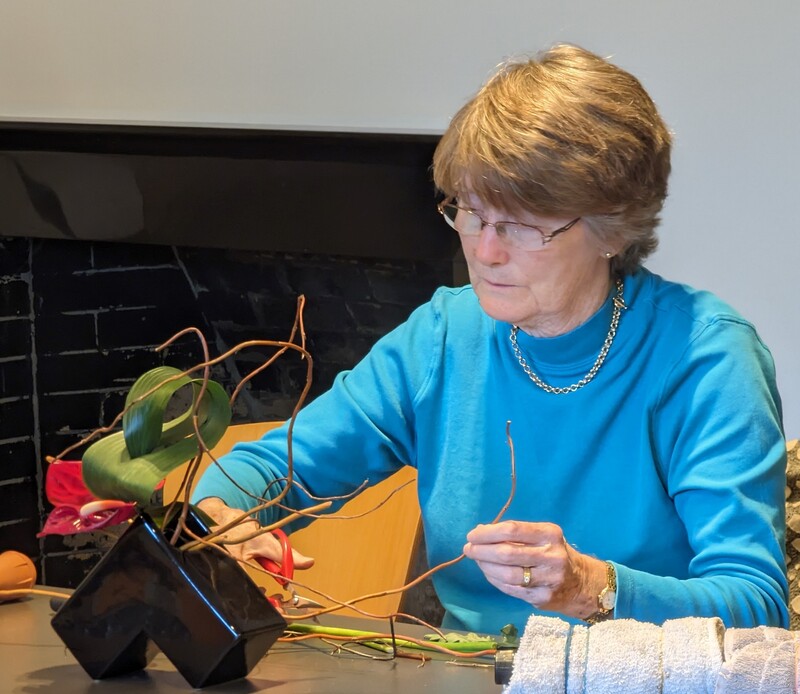


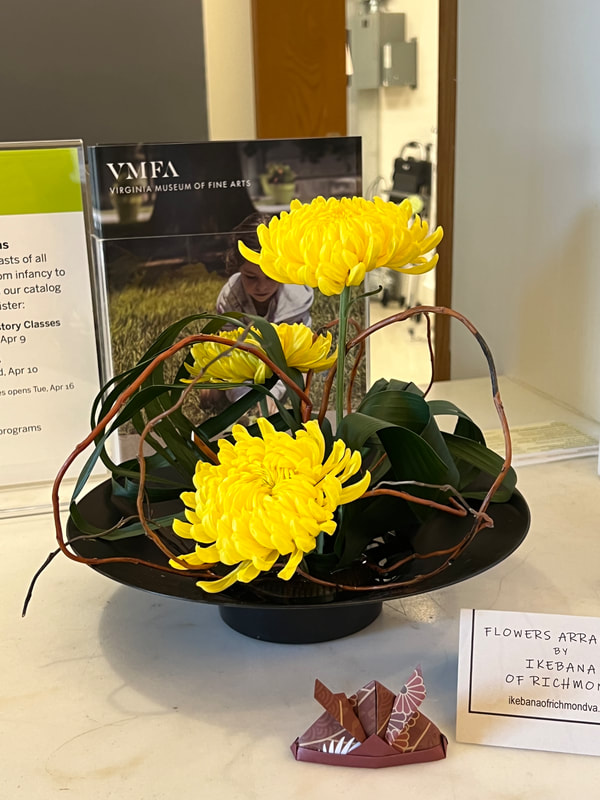


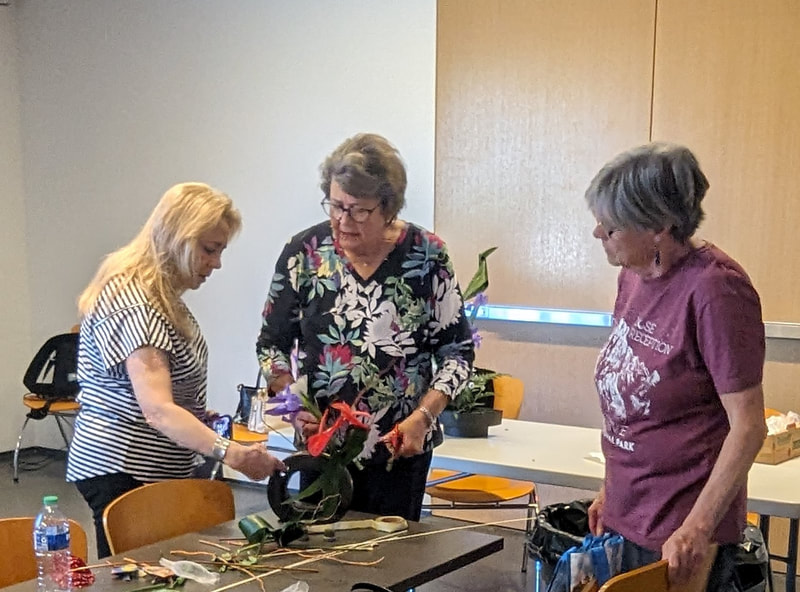
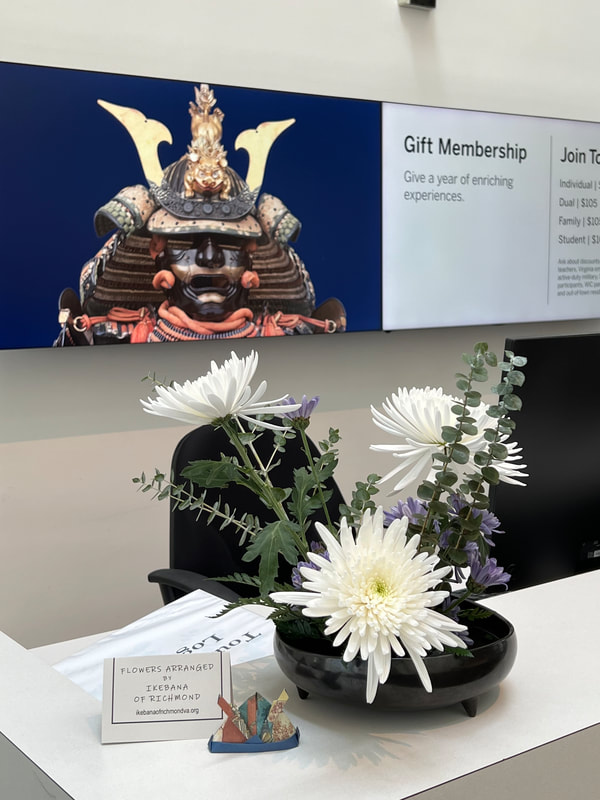


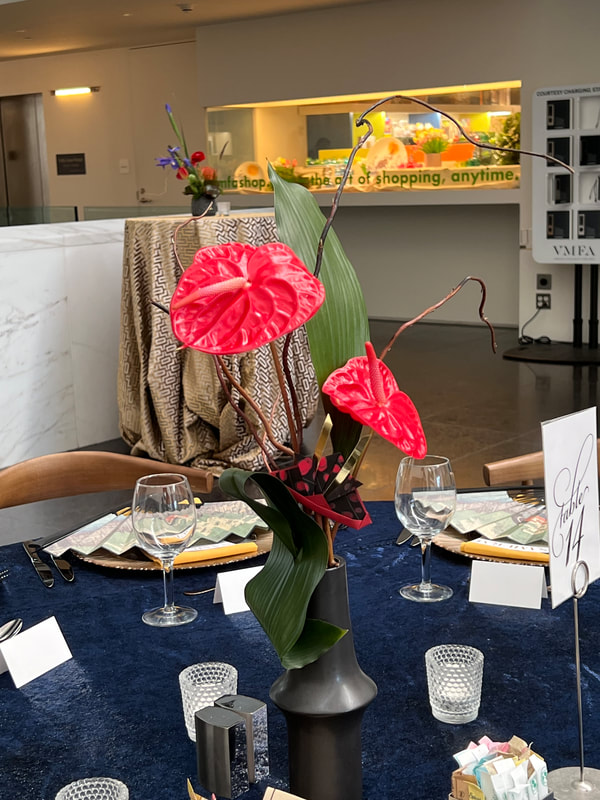


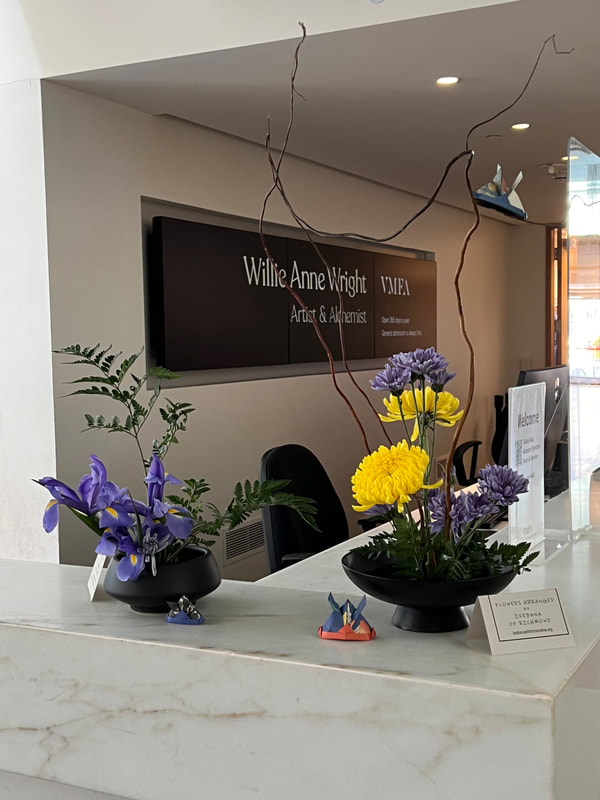
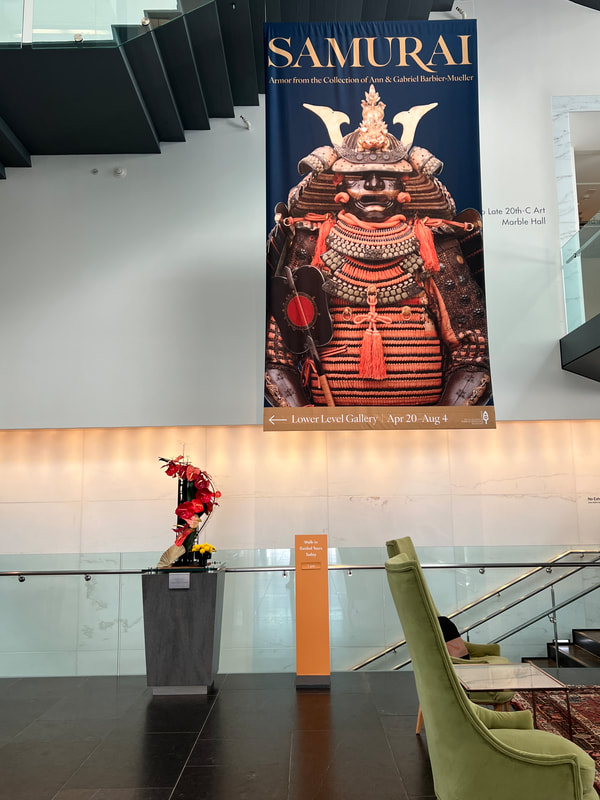










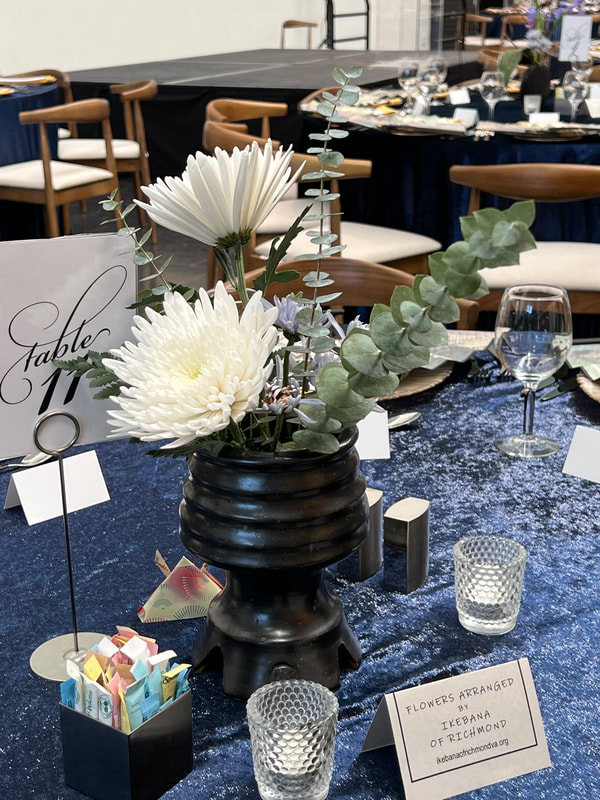
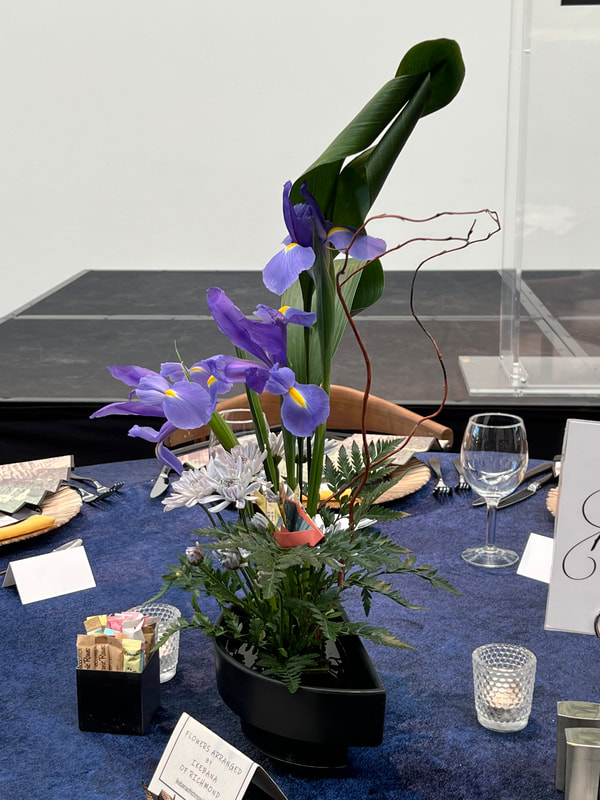









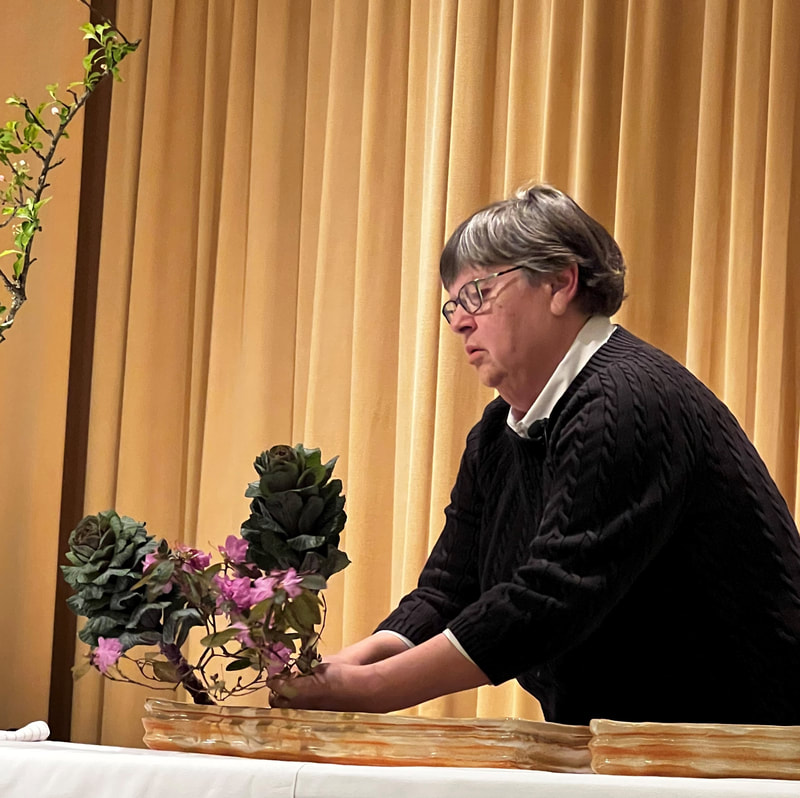




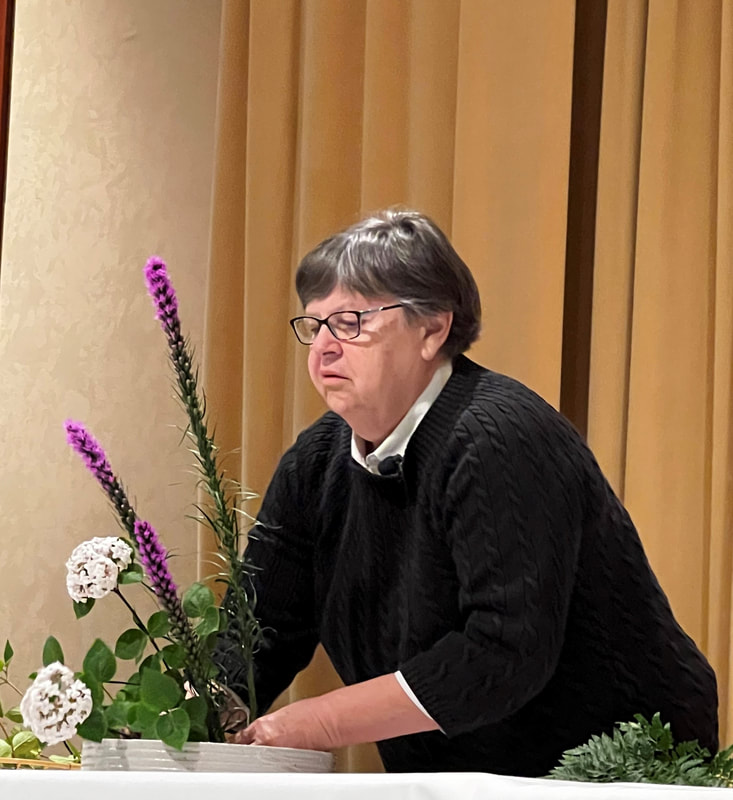




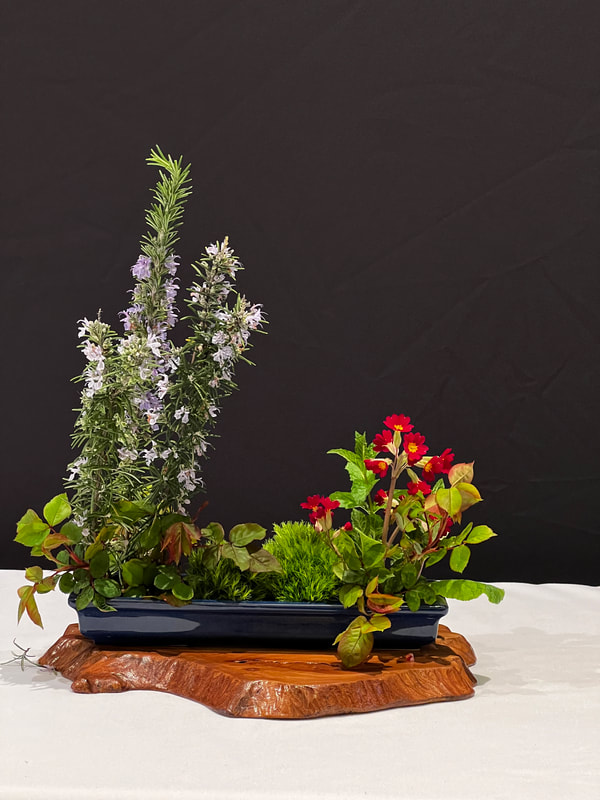




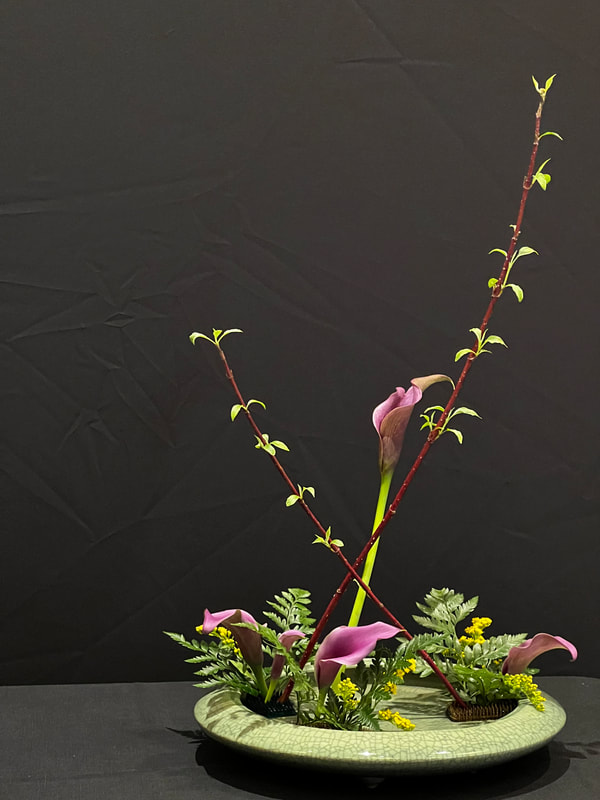
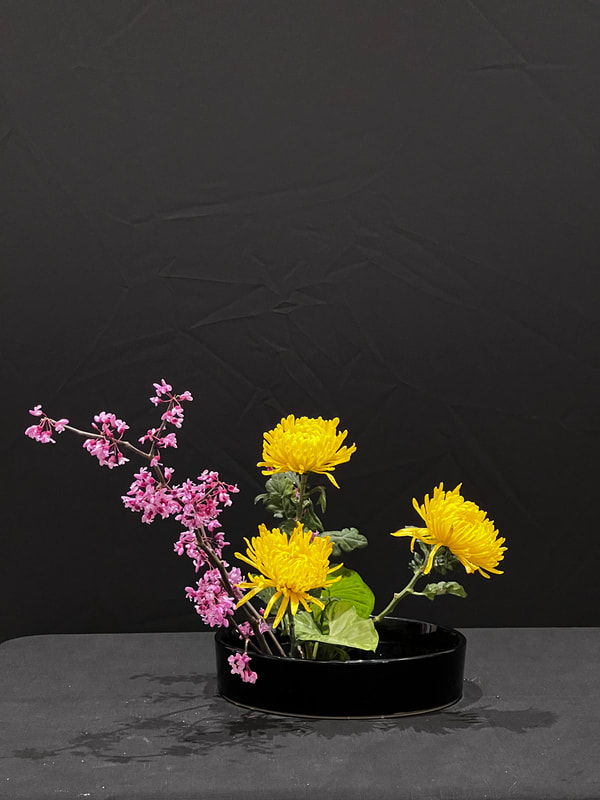






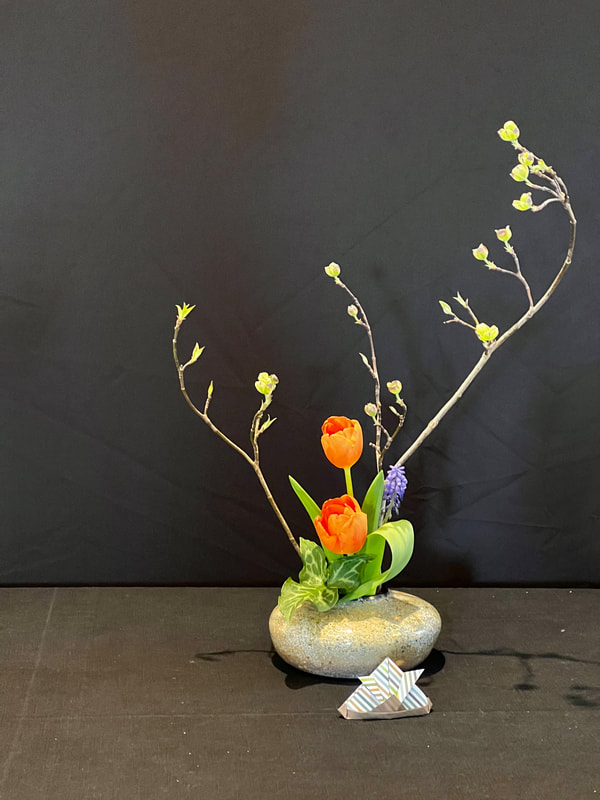


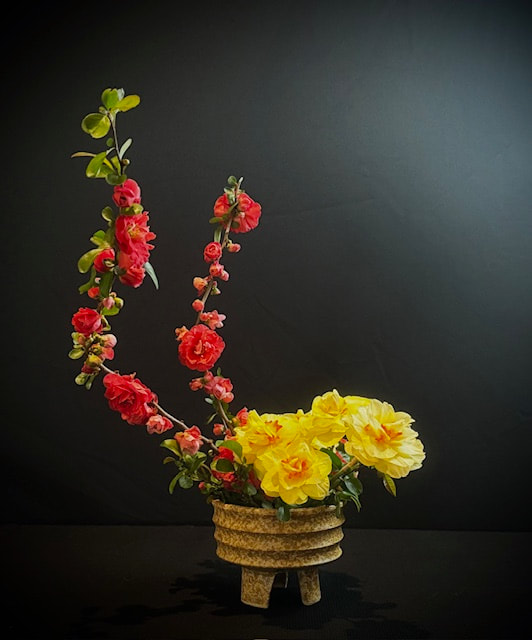
 RSS Feed
RSS Feed